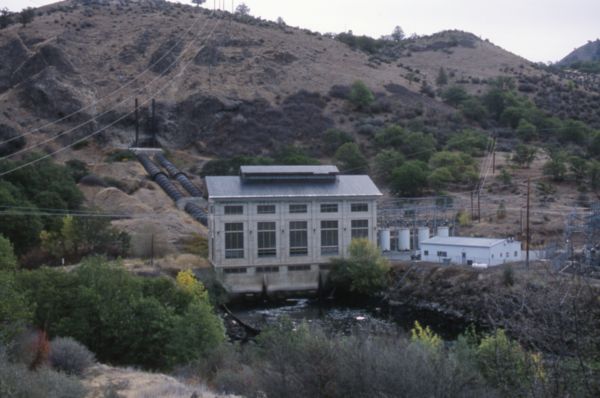
Initial steps for removing four of the Lower Klamath Hydropower Project's dams – the world’s largest salmon restoration project - have commenced, with crews having officially started conducting preliminary tasks such as upgrading bridges, constructing new roads to improve access to the dam sites, and developing the worksites.
Late last year, the Federal Energy Regulatory Commission formally approved a plan to remove the dams and restore a 38-mile river stretch to its natural free-flowing state. The plan originated from an agreement among the previous owner of the lower four Klamath River dams, PacifiCorp, the states of California and Oregon, the Karuk Tribe, the Yurok Tribe, and various conservation and fishing groups.
Brian Johnson, Klamath River Renewal Corporation (KRRC) Board president, said that the four dams generate little power and provide no irrigation for agriculture or flood control, but they play a huge role in Pacific salmon’s decline. Johnson said that the project aims to fix that.
Mark Bransom, Chief Executive Officer of KRRC, explained that the project has several milestones to meet this year. The replacement of a drinking water line for the city of Yreka is scheduled for May, and the removal of Copco 2 Dam is expected to take place by September.
The three larger dams will be removed next year, with all four dams removed by the end of 2024. However, the restoration of the 38-mile river reach impacted by the dams will take longer. Dave Coffman, the Northern California and Southern Oregon Director of Resource Environmental Solutions (RES), said that his team has been collecting thousands of native seeds from plants around the reservoir sites for several years, and they will propagate these to become 17 billion seeds and thousands of saplings. As soon as the reservoirs are drawn down, the restoration process will begin.
“We are excited to help bring this reach of the river back to life. RES will be here as long as it takes to make this project successful,” said Coffman.
Local tribes have been leading the effort to remove the dams for over 20 years and are particularly excited to see the project begin. According to Wendy Ferris, a KRRC Board member appointed by the Karuk Tribe, dam removal is the first giant leap towards a restored Klamath River. She added that they look forward to welcoming the salmon back home to areas they haven’t visited in over a century.
Karuk Tribal Chairman Russell ‘Buster’ Attebery said, “Many people told us this day would never come. Well, it’s here now, and the salmon are coming home. I can tell you this is just the beginning – there’s a lot more restoration coming to the Klamath Basin.”
Yurok Vice-Chairman Frankie Joe Myers added, “We want to thank everyone who helped make this dream a reality. It just goes to show what we can accomplish when the Tribes and our allies in the conservation movement join forces in common cause.”
Built between 1903 and 1962, PacifiCorp’s Klamath Hydroelectric Project consists of seven dams with a combined generation capacity of 169MW. The four lower dams – Iron Gate, Copco No. 1, Copco No. 2, and J.C. Boyle – are to be removed.